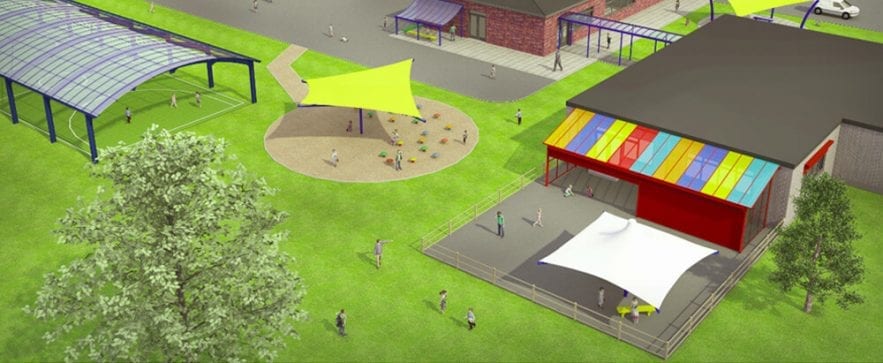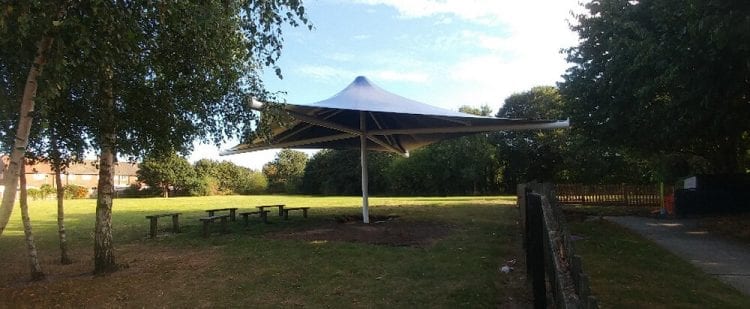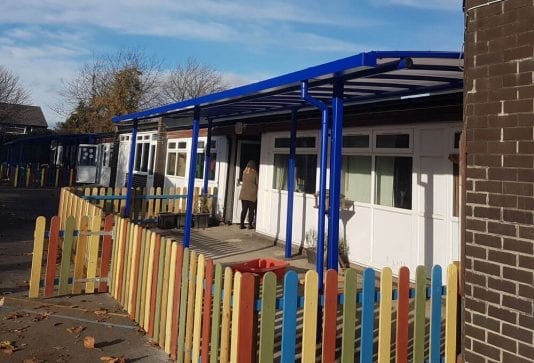Hayley Hart – Retired Head of School at Dudley Port Annexe specialising in SEBD and SEN
As children we spend approximately 20% of our waking hours a year in school. It is an institute that teaches us how to read, write, perform arithmetic and above all how to interact in the society in which we live. School is a highly influential part of our young lives and for some students it is the more prominent factor in their lives.
14.4% or 1,228,785 young people in our educational system require some sort of additional support. (DfE 2016)
https://www.gov.uk/government/organisations/department-for-education
This sector of education must do so much more than teach the alphabet and the number line. It is a sector that often has to take on an almost secondary parental role to support both the student and parent/carer in raising a young person to find their unique place in the world and equip them with the skills to live an independent and fulfilling life.
Although the government expects all students to achieve along the progress and attainment 8 matrix, it still fails to acknowledge the accomplishment of those for whom exams are of a secondary nature. Sometimes just the ability to have one’s own space is enough to teach a young person with social, emotional, behavioural or learning difficulties that they will be just fine.
Understanding the difficulties
Anyone who is a parent, has friends with children or has heard a frustrated parent in the supermarket try to teach their child right from wrong will understand the phrase “time-out”. It is a time-old tradition that gives space from a situation. It is used as a strategy to allow a review of the situation and to find a solution.
However, in special education a time-out holds particular significance. It is not just an opportunity to walk away from a stressful situation, it is also an opportunity for young people who function cognitively differently to others, to learn how to self-regulate and understand why they are feeling a heightened state of emotion. Self-regulation is key to a young person’s personal progression and is often a core focus of a special educational establishment’s ethos, before exams and tests.
This self-regulation needs to happen in a safe space, a space that is away from others so the young person is able to let go and work through their emotions, whether these be loud or quiet. A place where they can be supervised but not crowded, so they do not feel claustrophobic or closed in. A place that is open, fresh, bright and their own for that moment when they need it.
What are the solutions?
For a lot of young people who have suffered a past trauma or have difficulty in relating to others or managing their own feelings, they may feel ‘closed in’ or like they cannot breathe as there is no fresh air. They will often do whatever they can to break free of their current constraints, (the school building) to be able to feel free and be themselves away from the eyes of their peers.
It is important that schools have an all-weather space outside the building but within the school grounds, that students can safely exit to in times of need and stress. A place where they can let go, walk or pace and try to resolve their problem themselves, with the option of a nearby mentor to talk to (debrief) when they are ready. This allows them to really start to self-regulate their emotions and therefore their actions. The aim being that eventually they will not need to remove themselves from their environment in order to cope, but will be able to internalise their processes.
What is our role in this?
It is important to recognise the wider needs of every young person whether they are in a mainstream school or a special school, but it is so important to understand the personal and emotional needs of a young person. As educators, we are responsible for preparing students for their next step, be that further education, training or work. We have to teach equality and diversity not just for the growing society that we live in, but to help our students understand that no matter what barriers they may have overcome in their lives, they have the same opportunity, the same capability as everyone else.
The only way to do this is to equip our students with the tools to understand their own needs and independently find their own strategies to overcome their obstacles. We can only do this if we have the resources that will support their development. Jarvela states in Social and Emotional Aspects of Learning (2011), “As students become older and enter into the world of work, the ability to successfully regulate or self-manage their own emotions and behaviours become critical…. Teaching self-regulation represents a critical step in reducing or fading a teacher’s participation in controlling a student’s behaviour.” A huge part of this strategy is giving the student the time and space needed to work through the processes independently.
Changing our view to change their future
Education is not always about having a classroom with tables and chairs, it is not always about the books that the exams cover or the about of amount of corrections that a teacher marks down in a book. Education is about having a safe and open space to learn, think and thrive. It is about having a welcoming and comfortable space where students can explore their beliefs, views and opinions. On top of all of this it is sometimes about having space, actual, physical space. A place where students can go to reflect on what they have learnt, what they have felt and what they think can help them move forward. It is in this environment that students will develop in their own unique way with the support of staff rather than being directed by staff in what they should do next.
Education is about teaching self-regulation and independence and the provision of an open, unimposing canopy area where children can go and reflect, is key to helping them learn to manage their emotions and feelings.


